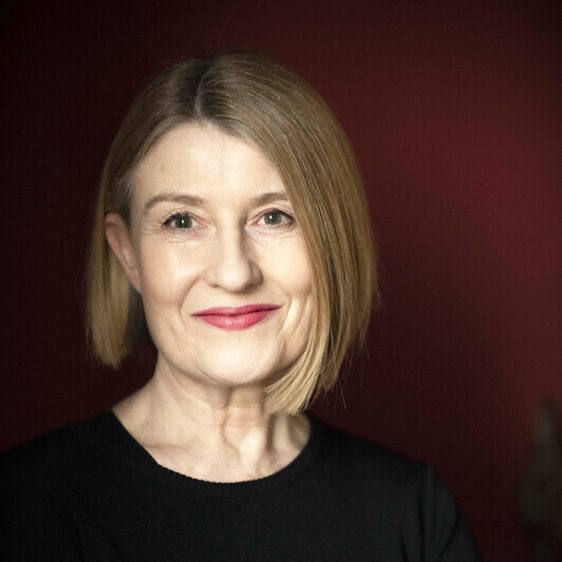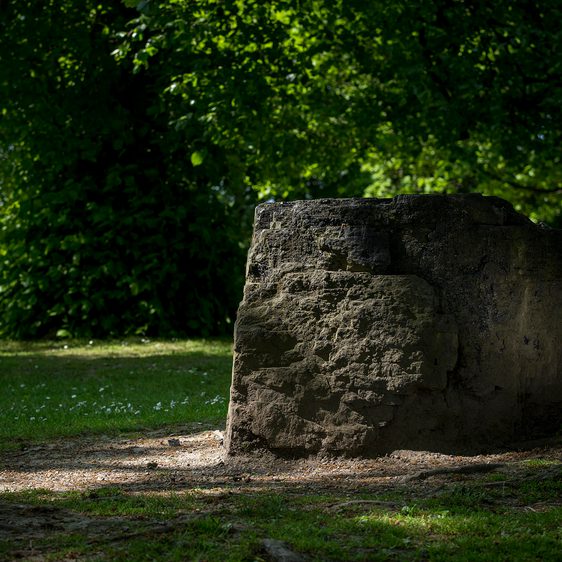Victoria Ferrand Scott
Victoria Ferrand Scott originally studied History of Art and became a Fine Art Valuer before achieving a first class BA in Sculpture (2002), and an MA in Fine Art (2004). Her sculpture practice is exploratory, informed by a 2010-2011 Leverhulme Trust residency in Civil Engineering at Leeds University experimenting with fluid concrete and flexible forming. Elected a member of the Royal Society of Sculptors in 2009 she has exhibited in London at the RSS and the Royal Academy and also at the Royal West of England Academy and exhibition venues in the north.
Her abstract sculptures develop through investigating fluid materials (particularly concrete, plaster, clay and bronze) and processes. She is interested in harnessing natural forces of flow, elasticity and expansion, allowing the material to dictate its own form, without having absolute control over the final outcome. Recent works have played with polarities by combining concrete (often seen as a brutal construction material) with silky stretching fabrics tailored into moulds. The concrete flows and bulges, straining at the seams, demonstrating its capacity for creating sensual forms and recording tactile surfaces. The resulting minimalist sculptures retain the memory of their production together with the suggestion of simple life forms and processes. Responding to different historical locations from cathedrals to mills, landscape to interiors, has also inspired site specific sculptural assemblages, often incorporating found objects, old and new.
You may also like
- News

Clare Lilley steps down as Director of Yorkshire Sculpture Park
1 July 2025 - Art Outdoors

Elisabeth Frink: Judas
The figure of Judas is a powerful embodiment of betrayal. Elisabeth Frink tackles the ambiguities of the character in this sculpture cast in bronze. - Art Outdoors

Elisabeth Frink: In Memorium II
Frink succeeds in capturing a sense of defiance with In Memoriam II as the features of the figure express great sadness but also a sense of dignity. - Art Outdoors

David Nash: Barnsley Lump
Barnsley Lump is a rough-cut block of local coal that connects to the geological and social history of the area. It is gradually disintegrating back into the earth, as Nash anticipated, describing it as a ‘going’ work.